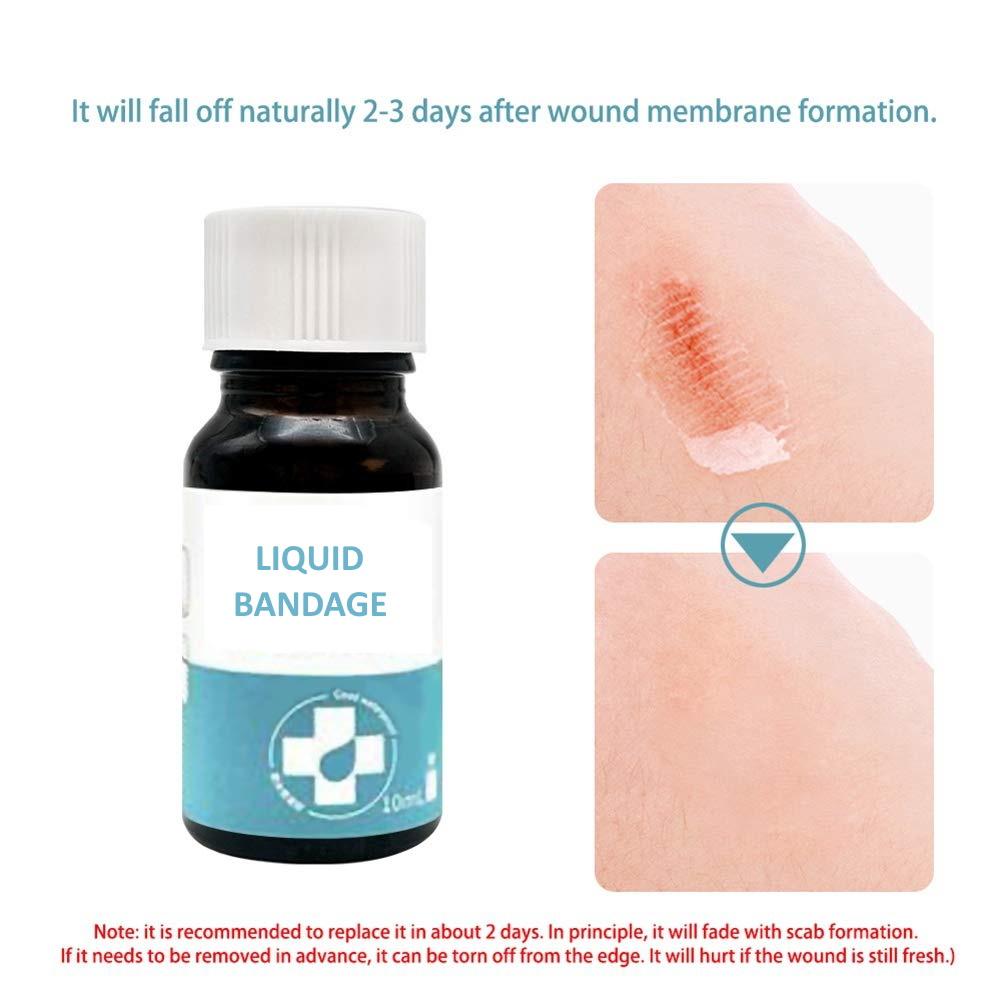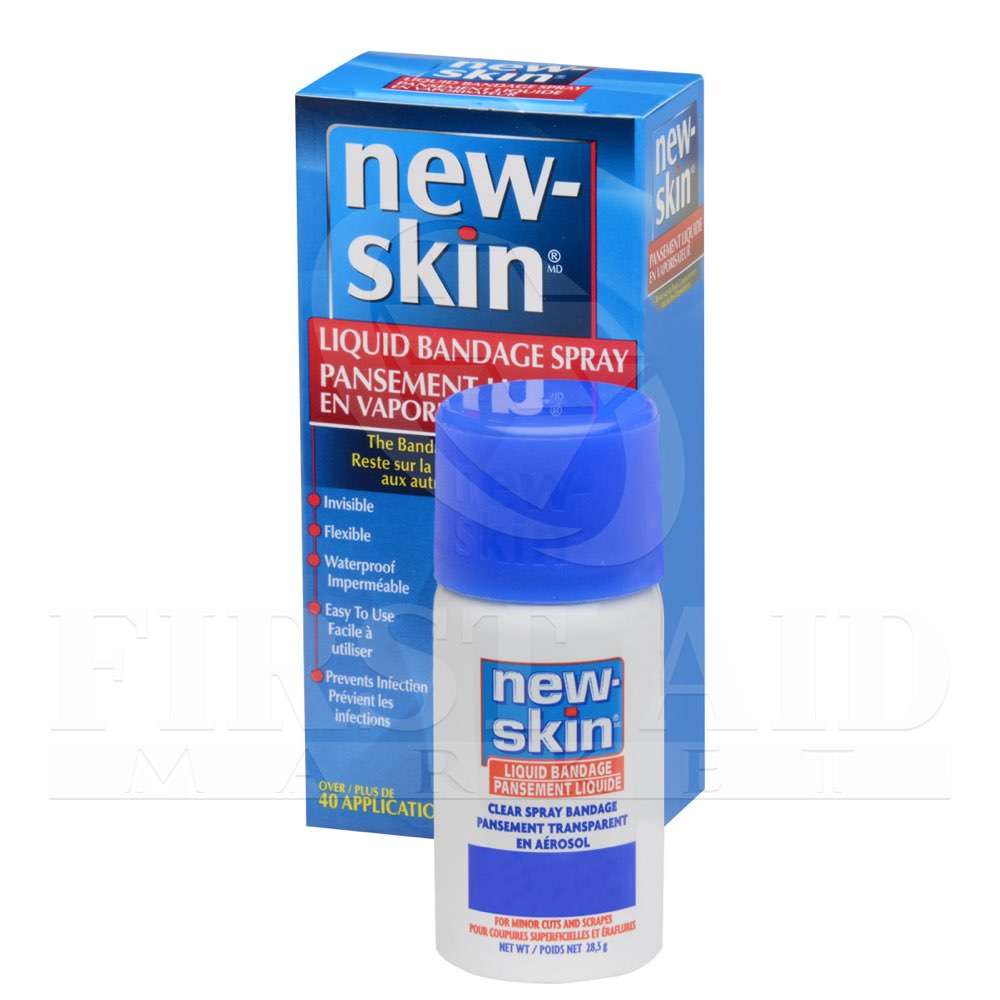

Keep this little tin of magic in your pocket and use on your hands, chapped lips, and scrapes from the approach. Best Climbing Skin Care Balms + Creams ClimbSkin Hand CreamĪ firm favorite of many. The aim here is not to leave your hands wet but to get the right nutrients so the skin repairs itself and becomes stronger. If you have oily or sweaty skin, try and get something with a natural, mild drying agent. If you have quite dry skin try to get something that moisturizes with natural oils that will be absorbed by your skin but not leave it to soft. Most climbing skin care balms and creams are a soft wax or oil based – in contrast to traditional skin care creams. Disinfectant for immediately putting on cuts What Balm Should I Use?.A good climbing specific skin balm or cream.Skin file, emery board or sandpaper for sanding down thick skin and stopping flappers.Nail Clippers – for keeping nails and loose skin neat.Totally indispensable for climbing holidays without time for rest days. Pros like Adam Ondra and Magnus Midtbo have kits at hand wherever they go. Having a little kit ready to go is really helpful when you need to perform with interruption. Climb Skin have a great climber-specific file with replaceable files.Ĭheck Price on Amazon Make A Climbing Skin Care Kit The aim is to stop tiny pieces of skin being caught or ripping. Again you can use a file for this or small scissors. Keep the skin around the edges of your fingertips neat too.

Attentive climbing skin care is essential to long term performance. If you leave your nails to grow too long and then cut them close, your fingertips can feel very sensitive and bruise easily. You can use a nail file, emery board, or a high grit sandpaper block.Īlso try to keep your nails trimmed and neat. The trick is to file down callouses on your hands and finger joints before they become thick enough to rip off. Apply after washing your hands post-climb, and on rest days.įlappers when climbing occur because skin has become too thick and pulls off as a chunk. Use the balm on the edges, tops, and joints of your fingers too. This is perfect for climbing and allows us to have hard wearing skin that isn’t dry and cracked. There are some great climbing balms on the market right now nourish the skin and allow it to become slightly leathery while still being healthy. The Climbskin Double-Sided Hand and Finger File is an excellent little tool Instead of using a traditional moisturizer that’s supposed to increase moisture to keep skin looking young – you want a specialized climbing balm or cream. For climbers, having skin that’s too soft will be more painful and injurious. Wear gloves instead, this isn’t an excuse to skip chores…Ĭommonly people will use moisturizer to keep skin soft after doing hard work. You should also try to avoid things like washing up or activities where your hands are wet for a long time. This removes dirt and chalk and allows your pores to breathe. The first thing you need to do is thoroughly wash your hands with soap and water after climbing. Climbing Skin Care Tipsįor the best performance, you’ll want to make sure your skin is the perfect level of durable. This becomes very hard to heal as any further use can open the split again – much like a split at the corner of your mouth in cold weather.

Skin can also become so hard and dry along the tips that a split can develop. This is known as the dreaded flapper and leaves an exposed and tender pad of skin underneath.Ī classic example of a climbing flapper – Photo Clay Junell When skin gets too thick and forms callouses – often at the joints of the fingers and top of the palms – it can then rip a whole chunk off. Rest days are important but there are specialist balms and creams that nourish the skin and allow it to repair faster. Skin wears down at the tips of the fingers especially and needs time to repair. Past actually climbing our second hobby tends to be staring at our gnarled fingertips. Climbers constantly battle with skin being either too thin or too thick. Textured holds on indoors climbing walls, porous rock surfaces, and a sharp crimps can all rough up and tear skin.


 0 kommentar(er)
0 kommentar(er)
